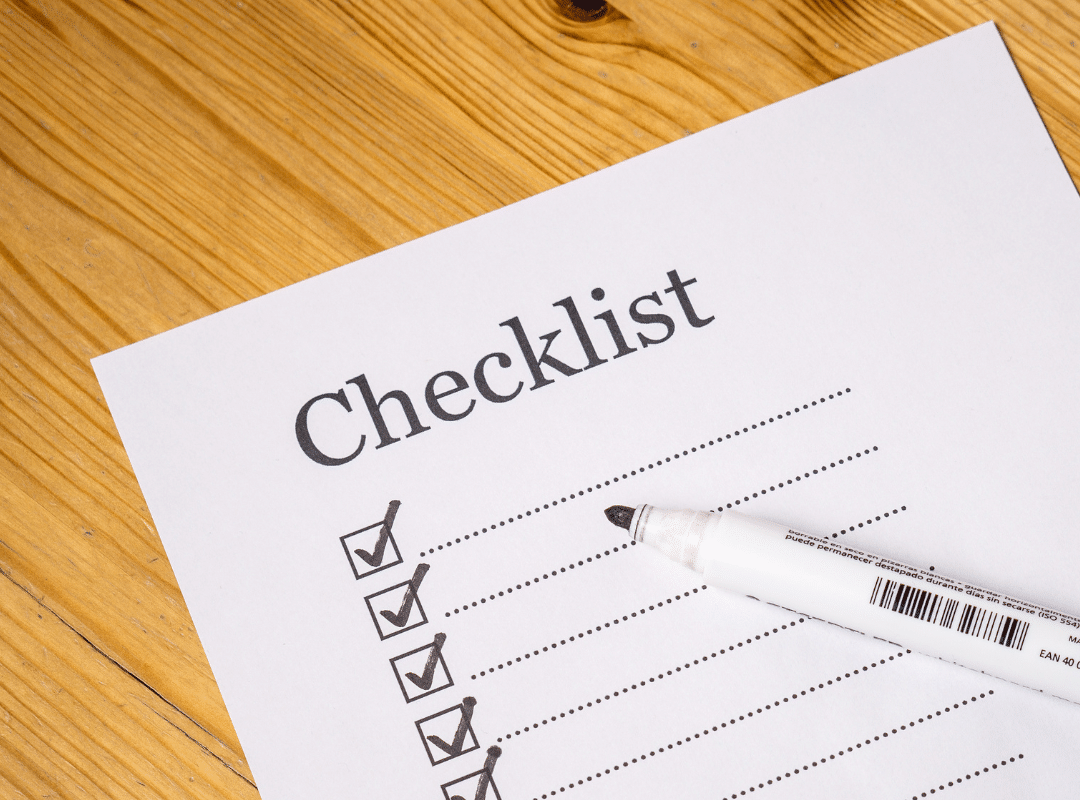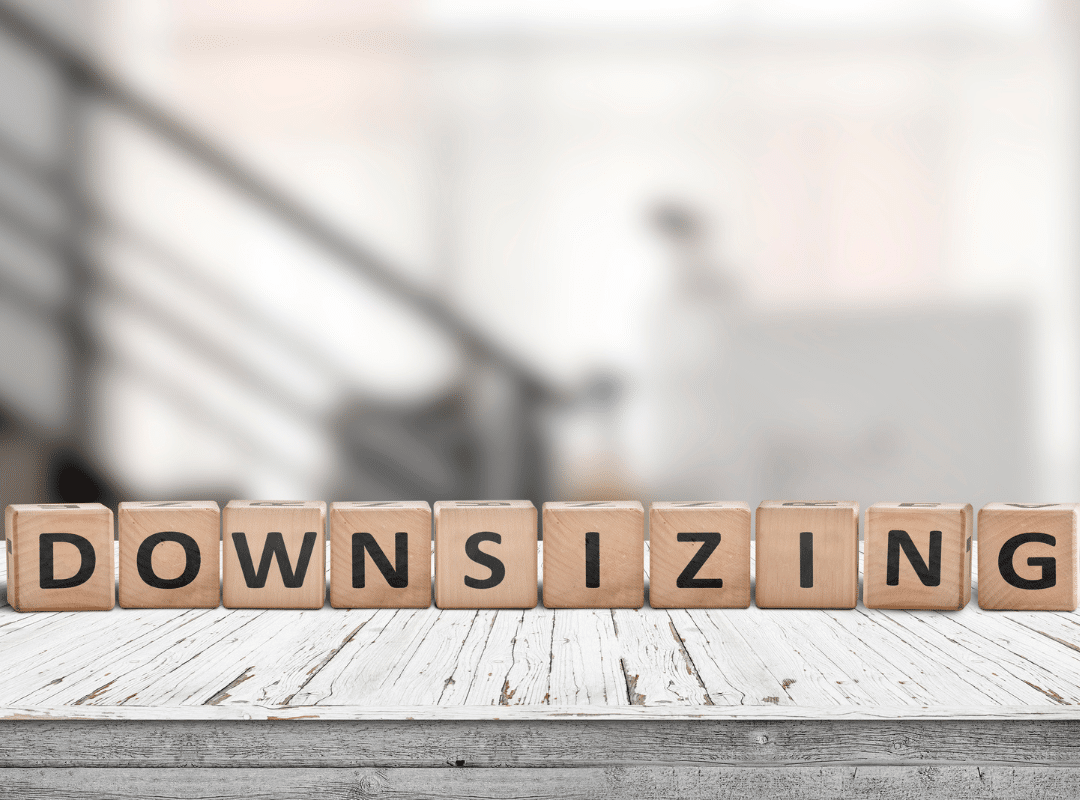How to Downsize Your Home Without Stress
Downsizing your home isn’t just about getting rid of stuff—it’s a thoughtful journey toward a more straightforward, more intentional way of living. Learning how to downsize your home brings clarity and emotional relief for many seniors and families. Maybe your kids have moved out, or you’re ready for a retirement-friendly space. Perhaps you’re just tired of maintaining more house than you need. Whatever the reason, downsizing offers a chance to lighten your load and embrace what truly matters. We walk this journey with you at Trusted Transition Team in St. Louis, MO. We understand the mix of excitement and anxiety it brings. Our goal is to guide you every step of the way—because your next chapter deserves to be filled with ease and intention.
What to Know Before You Downsize
When considering what to know before you downsize, start by acknowledging that this isn’t just a physical transition—it’s an emotional one too. Many homeowners find themselves surprised by how sentimental items can delay the process. This is why preparation is essential. Start months in advance and create a loose plan so you aren’t rushed when big decisions arise. The shift to smaller living should feel like a transition to comfort and simplicity, not stress. Think of what homeowners wish they knew before downsizing: many wish they’d started or accepted help earlier. Let that insight be your invitation to begin today.
Talk to your family about your plans, especially if you’re downsizing for retirement. Understanding everyone’s perspective ensures a smoother, more cooperative move. Research potential living arrangements to avoid surprises. If you’re moving into senior housing, verify what is included in the cost and your lifestyle in the new environment. A proactive approach will help you avoid last-minute overwhelm and ensure you feel confident in your decision.
How Do I Downsize Without Feeling Overwhelmed?
So, how do I downsize when everything seems to have meaning? Start by defining your non-negotiables—items, people, and routines that bring you joy. Downsizing doesn’t mean losing everything. It means choosing to carry forward only what fits this new chapter.
Use a practical method, like the “keep, donate, or discard” sorting approach. You don’t have to tackle it all at once—one room a week is progress. Focus on your goals. Are you freeing up money? Reducing stress? Moving closer to loved ones? Each small decision made with that goal in mind brings you closer to where you want to be. When the process feels heavy, consider enlisting professional help or using this downsizing home checklist to stay on track.
Don’t forget that emotions are normal. Whether it’s the antique table passed down through generations or your kids’ childhood artwork, your memories aren’t tied to objects—they’re in your heart. Give yourself space to honor the past while letting go. Downsizing is just a tool for building a future aligned with your life.
Downsizing for Retirement With Confidence
Downsizing for retirement is about more than saving money. It’s about reshaping your surroundings to match the lifestyle you want as you age. This could mean less maintenance, more social connection, or proximity to services you’ll use regularly.
Before you commit to a new home, assess your daily needs. Can you move around safely? Will you need extra accessibility features like handrails or broader doorways? Also, take time to evaluate your plans. If travel is a retirement goal, consider a smaller home with minimal upkeep.
This is also the right time to review finances. Selling your current home may unlock equity that gives you greater freedom. Speak with a financial advisor or real estate specialist who understands the needs of retirees. Many people say that what homeowners wish they knew before downsizing is how drastically their lifestyle improved afterward. Don’t underestimate the emotional lift of leaving responsibilities that no longer serve you.
Keep in mind: you don’t have to go it alone. Trusted advisors can support you with compassionate, experienced guidance as you make key decisions.

Create a Downsizing Home Checklist That Works
A detailed downsizing home checklist is one of the best ways to stay focused. Include practical steps like measuring your new space, determining what furniture fits, and coordinating moving help. Also include dates for donation pickups, selling valuable items, and arranging services for your new home.
Include emotional considerations, too. Which pieces bring joy or connect you to people you love? Which can be shared or passed on to family? This keeps your values at the center of your decision-making. Staying organized helps minimize regret and makes the transition feel empowering.
Use digital resources like Google Docs or mobile apps to manage your checklist. Share it with family so everyone is on the same page. If you’re unsure about the next steps, consider this local resource in St. Louis.
Downsizing may feel like the end of an era, but it’s also the beginning of a more intentional life. Create a plan that works for you and take each day. Even the small steps count.
At Trusted Transition Team, we’re here to help you downsize with clarity and care. Whether you’re planning ahead or already facing the move, we offer support to make this process easier for seniors and families. Visit Trusted Transition Team to schedule a consultation or speak with our team today.
Frequently Asked Questions
How do you downsize an entire house?
Downsizing a house starts with decluttering—sort your belongings into categories: keep, donate, sell, or toss. Focus on one room at a time and be realistic about what you truly use or need. It helps to start early and ask family for support if needed. Consider hiring a professional downsizing service if the process feels overwhelming.
What is the best age to downsize your home?
There’s no one-size-fits-all answer, but many people consider downsizing in their late 50s to early 70s. This is often when retirement, lifestyle changes, or health concerns make maintaining a larger home less practical. It’s wise to downsize before it becomes urgent, so you can decide on your terms. Planning early also allows you to enjoy the benefits of a simpler life.
What not to do when downsizing?
Avoid waiting until the last minute, as rushed decisions can lead to stress or regret. Don’t hold onto items out of guilt or pressure from others—focus on what truly adds value to your life. Skipping the planning phase is another common mistake; you may feel lost in clutter without a strategy. Also, don’t forget to measure your new space to ensure your furniture fits.
Can you reduce the size of your house?
Yes, you can reduce your home size by selling your current house and moving into a smaller one, or even remodeling to create a more compact layout. Many homeowners downsize to save money, reduce maintenance, or simplify their lifestyle. It’s a personal decision that depends on your needs and goals. Working with a realtor or downsizing expert can help guide the transition.






